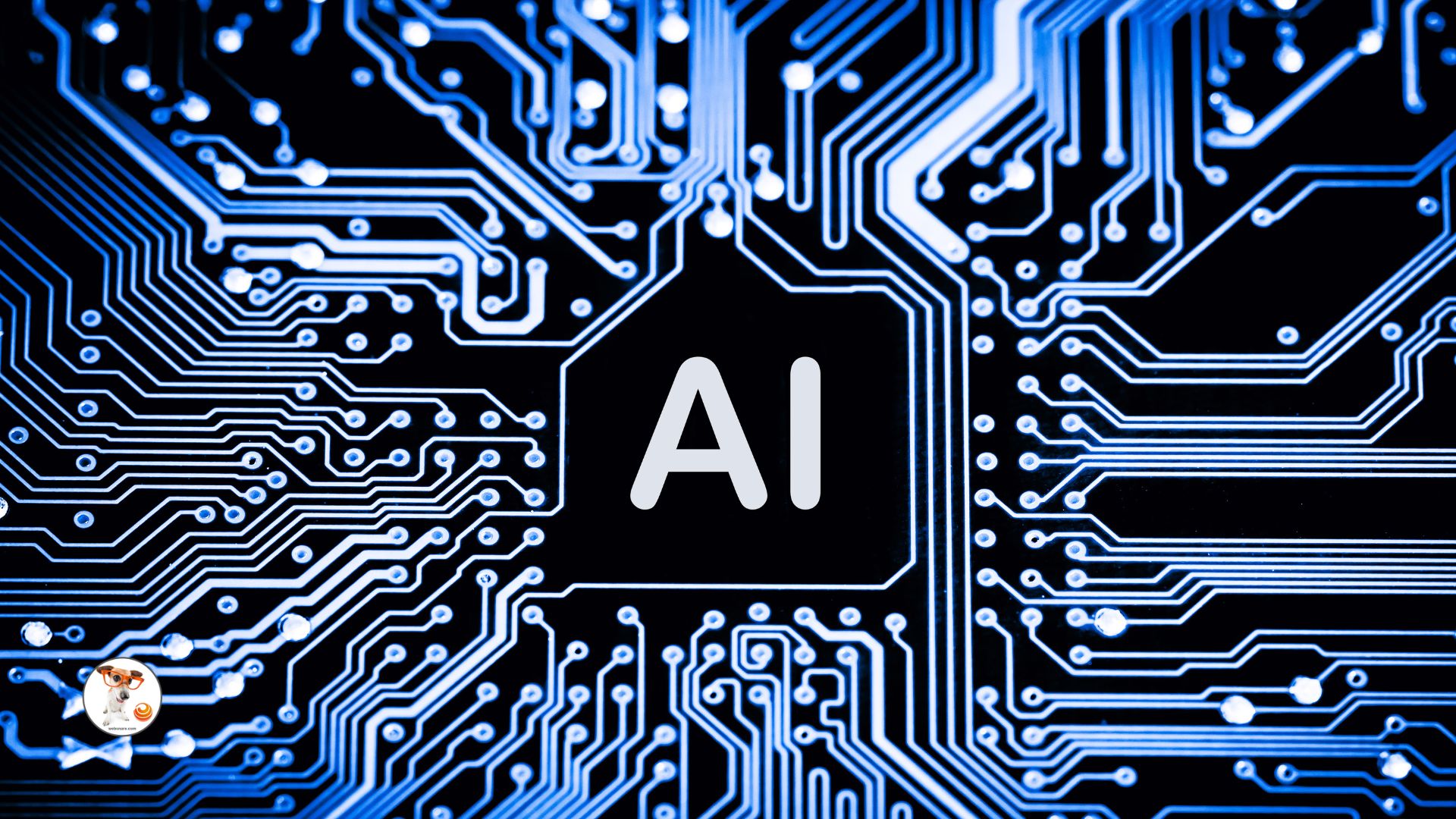Unleashing Gemma 2: Google’s Next-Gen Language Model Gemma 2
Hello, language enthusiasts and tech aficionados! Today, we’re delving into the fascinating world of Gemma 2—an AI language model that’s poised to revolutionize how we interact with text, code, and conversation.
What Is Gemma 2?
Gemma 2 isn’t your run-of-the-mill chatbot; it’s a celestial creation born from the fusion of web data, code snippets, and mathematical wizardry. Here’s the lowdown:
Sizes and Variants:
- Gemma 2 comes in two impressive sizes: 9 billion and 27 billion parameters.
- Each size has its own unique role:
- The 9B base model: Think of it as a friendly sorcerer—always ready to assist with everyday language tasks.
- The 27B grand mage: This one’s the master weaver, capable of crafting intricate linguistic tapestries and unraveling cosmic mysteries.
Training Data Feast:
- Gemma 2 devoured a sumptuous banquet of tokens during its training:
- The 27B variant feasted on a whopping 13 trillion tokens, mostly in English.
- The 9B model dined on a cool 8 trillion tokens.
- Even the pocket-sized 2.6 billion model got a taste of 2 trillion tokens.
- Gemma 2 devoured a sumptuous banquet of tokens during its training:
Safety Enchantment:
- Fear not! Gemma 2 comes with built-in safety features—like an AI amulet protecting against mishaps.
- No rogue spells here—just reliable, context-aware responses.
How Can You Summon Gemma 2?
Curious about the Kaggle?
Kaggle is the largest data science community globally, bringing together data scientists, machine learning engineers, and enthusiasts from all corners of the world. Founded in 2010 and now under Google LLC, Kaggle serves as a hub for collaboration, learning, and competition in the field of data science.
Key Features of Kaggle:
Data Science Competitions:
- Kaggle hosts data science competitions where participants compete to create the best models for solving specific problems or analyzing particular datasets.
- These competitions cover a wide range of topics, from image classification to natural language processing.
- Participants can win prizes, gain recognition, and learn from their peers’ approaches.
Datasets and Notebooks:
- Kaggle provides a rich repository of datasets contributed by the community.
- Users can explore and download datasets for their own projects.
- The platform also offers Jupyter notebooks (called “Kernels”) where users can share code, analyses, and visualizations.
Collaboration and Learning:
- Kaggle encourages collaboration through forums, discussions, and Q&A sections.
- Users can seek help, share insights, and learn from others.
- Whether you’re a beginner or an expert, there’s always something new to discover.
Web-Based Data Science Environment:
- Kaggle’s web-based environment allows users to write and execute code directly in their browser.
- No need to set up local development environments; just fire up a Kaggle Kernel and start coding.
Courses and Learning Paths:
- Kaggle offers free courses on various data science topics.
- From machine learning fundamentals to advanced techniques, learners can enhance their skills at their own pace.
Why Should You Explore Kaggle?
- Skill Development: Whether you’re honing your data science skills or diving into a new area, Kaggle provides ample opportunities to learn and grow.
- Networking: Connect with like-minded individuals, collaborate on projects, and expand your professional network.
- Real-World Challenges: Kaggle competitions simulate real-world problems, allowing you to apply your knowledge to practical scenarios.
- Open Source Spirit: Kaggle thrives on open-source contributions. By sharing your work, you contribute to the collective knowledge of the community.
So, if you’re passionate about data science, Kaggle is your go-to platform. No crystal balls required—just curiosity, code, and camaraderie!
What about Colab Incantation?
Google Colab, often referred to as “Colaboratory,” is an online coding environment that allows you to write and execute Python code directly in your browser. Here are some key features:
Zero Configuration:
- No need to set up local development environments or worry about installations. Colab provides a seamless experience right out of the box.
- You can start coding immediately without any setup hassles.
Access to GPUs and TPUs:
- Colab offers free access to GPUs (Graphics Processing Units) and TPUs (Tensor Processing Units).
- This is a game-changer for machine learning tasks, as it significantly speeds up model training and experimentation.
Collaboration and Sharing:
- Colab notebooks are hosted on Google Drive, making them easy to share with colleagues, friends, or collaborators.
- You can work together in real time, leave comments, and even edit the same notebook simultaneously.
Rich Text and Code Integration:
- Colab notebooks allow you to combine executable code (Python) with rich text (Markdown).
- You can include images, LaTeX equations, charts, and more—all in a single document.
Data Science Libraries:
- Colab comes pre-installed with popular Python libraries such as NumPy, pandas, matplotlib, and scikit-learn.
- You can import additional libraries as needed.
How to Get Started with Google Colab:
Open Colab:
- Go to Google Colab.
- Log in with your Google account.
Create a New Notebook:
- Click on “File” > “New Notebook” to create a new Colab notebook.
- You’ll get a blank notebook where you can start writing code.
Write and Execute Code:
- Each Colab notebook consists of cells. You can add code cells, text cells, or even raw cells.
- To execute a code cell, click on it and press the play button or use the keyboard shortcut (Command/Ctrl+Enter).
Access GPU/TPU:
- To use a GPU or TPU, go to “Runtime” > “Change runtime type” and select the desired hardware accelerator.
Use Cases for Google Colab:
Data Analysis and Visualization:
- Import data from various sources (Google Drive, GitHub, etc.) and analyze it using Python libraries.
- Create interactive visualizations with matplotlib or seaborn.
Machine Learning and Deep Learning:
- Train machine learning models using scikit-learn, TensorFlow, or PyTorch.
- Leverage GPU/TPU acceleration for faster training.
Education and Learning:
- Colab is an excellent platform for teaching and learning Python, data science, and machine learning.
- Share educational notebooks with students or colleagues.
Google Colab is a versatile tool that bridges the gap between local development environments and cloud-based solutions. Whether you’re a beginner exploring Python or an experienced data scientist, Colab provides a collaborative and efficient workspace for your projects.
In Conclusion
Gemma 2 isn’t just an AI model; it’s your trusty companion on digital quests. Whether you’re writing a novel, optimizing code, or simply having a chat, summon Gemma 2 and witness the sparks fly.
Reach out using our Contact Form, or give us call (406) 777-8981. We’d love to talk to you about how you can integrate the latest technology into your work flow!





